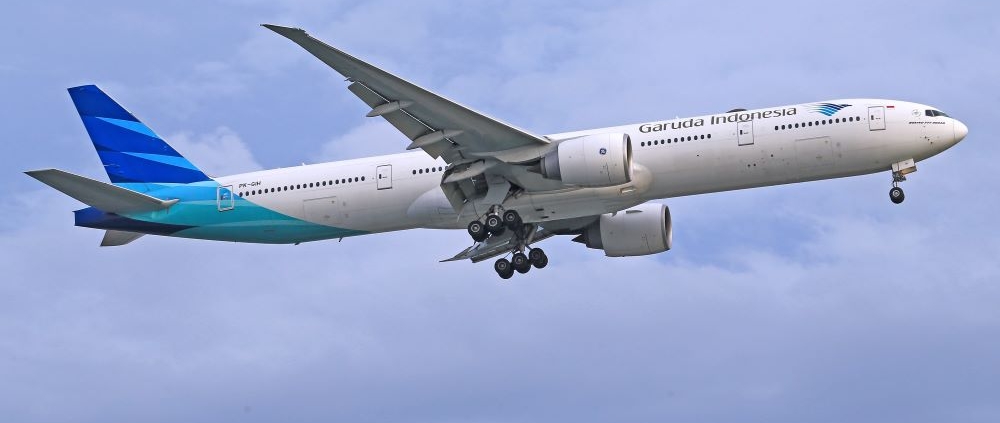FlyZero’s and UK Aerospace Technology Institute’s (ATI) study has concluded that green liquid hydrogen powered aircraft could deliver the net-zero 2050 target for aviation.
Two Technologies
The 12-month study results suggests that aviation can achieve net-zero by 2050 through the development of both sustainable aviation fuel (SAF) and green liquid hydrogen technologies.
What Is Green Liquid Hydrogen?
Liquid hydrogen aviation fuel is produced by splitting water to create a liquid hydrogen fuel that gives no CO2 emissions and eliminates the most harmful non-CO2 emissions associated with current kerosene fuels, including carbon monoxide, methane, soot particles, plus oxidised sulphur species. Liquid hydrogen fuel only emits vapour and near-zero nitrogen oxides making it a truly ‘green’ fuel.
What Is Sustainable Aviation Fuel (SAF)?
Low-carbon sustainable aviation fuel (SAF) refers to fuel made from renewable biomass and waste resources. Like liquid hydrogen, these have the potential to deliver the performance of petroleum-based jet-fuel but with only a fraction of its carbon footprint.
What Difference Could It Make?
In environmental terms, according to the ATI, if midsize hydrogen-powered aircraft were introduced by 2035 and a narrow-body aircraft by 2037, plus if half the commercial fleet were hydrogen-powered by 2050, aviation’s carbon emissions could be reduced by massive four gigatons (Gt) up to 2050. That’s the equivalent to four years of total global aviation carbon emissions. By 2060, the emissions could be reduced by 14 Gt.
In performance terms, FlyZero recently gave the example that green liquid hydrogen could power a midsize aircraft with 280 passengers from London to San Francisco directly, or from London to Auckland with just one stop.
Opportunities For UK Businesses
Following the study’s findings, the ATI has highlighted how the UK could build on its decades of expertise in aerospace innovation and introduce a new generation of liquid hydrogen-powered aircraft, working with global OEMs, governments, and regulatory bodies.
The ATI says that “with targeted investment in technology, the UK could grow its market share in civil aerospace from 12% today to 19% by 2050, increasing the sector’s gross value added to the economy from £11bn to £36bn and the number of aerospace jobs from 116,000 to 154,000”.
Cost
FlyZero has also highlighted a cost benefit to liquid hydrogen and SAF by noting how by the mid-2030s “liquid hydrogen will be cheaper than the most widely available sustainable aviation fuel (SAF), power-to-liquid”.
What Does This Mean For Your Organisation?
Aviation contributes around 4 per cent to all human-induced global warming (Klöwer et al), more than most countries, and current kerosene-based aviation fuels are responsible for global aviation emissions of around 1 billion tons of CO2 per year! Clearly, this is not sustainable and is very damaging environmentally and means that, at this rate (if things stay the same) a UK aviation net-zero by 2050 looks impossible.
The potential promise of green hydrogen, however, if green hydrogen aircraft are introduced within the next 12 to 15 years, could be an effective way to dramatically reduced CO2 emissions, cleaning up the UK aviation industry. If the FlyZero/ATI study findings are also to be accepted, a big switch to green hydrogen could bring down costs (liquid hydrogen becoming cheaper than kerosene fuels) and maintain performance.
For UK businesses, investment in the new fuel technologies – green hydrogen and SAF – could bring opportunities, technology, and a significant growth in market share in civil aerospace. This could treble the sector’s gross value added to the economy and seriously increase the number of aerospace jobs. This could have a significant positive knock-on effect to the UK economy and the UK’s standing in the world as regards the changes in the global aviation market.
If you would like to discuss your technology requirements please:
- Email: hello@gmal.co.uk
- Visit our contact us page
- Or call 020 8778 7759
Back to Tech News



